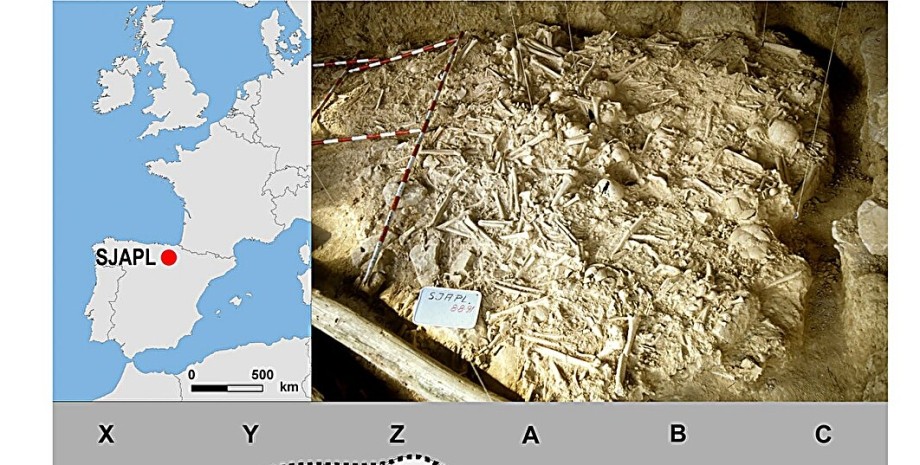
 By Eliza Popova
By Eliza Popova
It turns out that one of the first large -scale conflicts in Europe occurred 1000 years before it was thought, writes Phys. org. In focus, technology appeared its Telegram channel. Subscribe not to miss the latest and most intrusive news from the world of science! This study sheds light over the mysterious period of the conflict that occurred in the European Neolithic era, about 9000-4000 years ago. So far, our understanding of this period has been limited.
Previous studies suggested that conflicts lasted for a long time, they were involved in small groups of people in short clashes. It was believed that early societies lacked the ability to maintain long and large -scale conflicts. Until recently, scientists suggested that the first such conflict in Europe occurred at the Bronze Age, about 4,000-2 800 years ago. Teresa Fernandez-Crespo and her team carefully studied the remnants of skeletons of 338 people.
All these remains were found in one mass burial in the cave in northern Spain in the Rioch-Alawes region, and their age is from 5,000 to 5 400 years. Even more important, this study is that 52 flint arrowheads were found in the same place. Previous studies have shown that 36 of these tips had slight damage, indicating that they had hit the target. This gave reason to researchers study the skeletal remains for injury. The results are incredible. They found that a large number of people, 23.
1% of them, had skeletal injuries. It is even more amazing that 10. 1% had injuries that did not heal, which is much higher than the expected level of injury at that time. Usually, these figures are from 7% to 17% for all injuries and from 2% to 5% for unhealed. But the surprises did not end there. The study also found that 74. 1% of non -healing injuries and 70. 0% of healing injuries were in adolescents or adult men, while women were much less affected.
Such a sharp gender difference was not observed in other places of mass graves of the European Neolithic era. All these findings together draw a vivid picture: many people buried in this place were probably faced with violence and may have been victims of conflict. The high percentage of healing injuries also indicates that this conflict lasted several months, which indicates a long and rapid period of riots.
The reasons for this ancient conflict remain a mystery, but researchers have some reasonable assumptions. They suggest that the tension between different cultural groups in the late Neolithic era could play a significant role. So, what can we take out of this study? It calls into question our previous assumptions about the possibilities of ancient societies and the nature of early conflicts in Europe.










All rights reserved IN-Ukraine.info - 2022